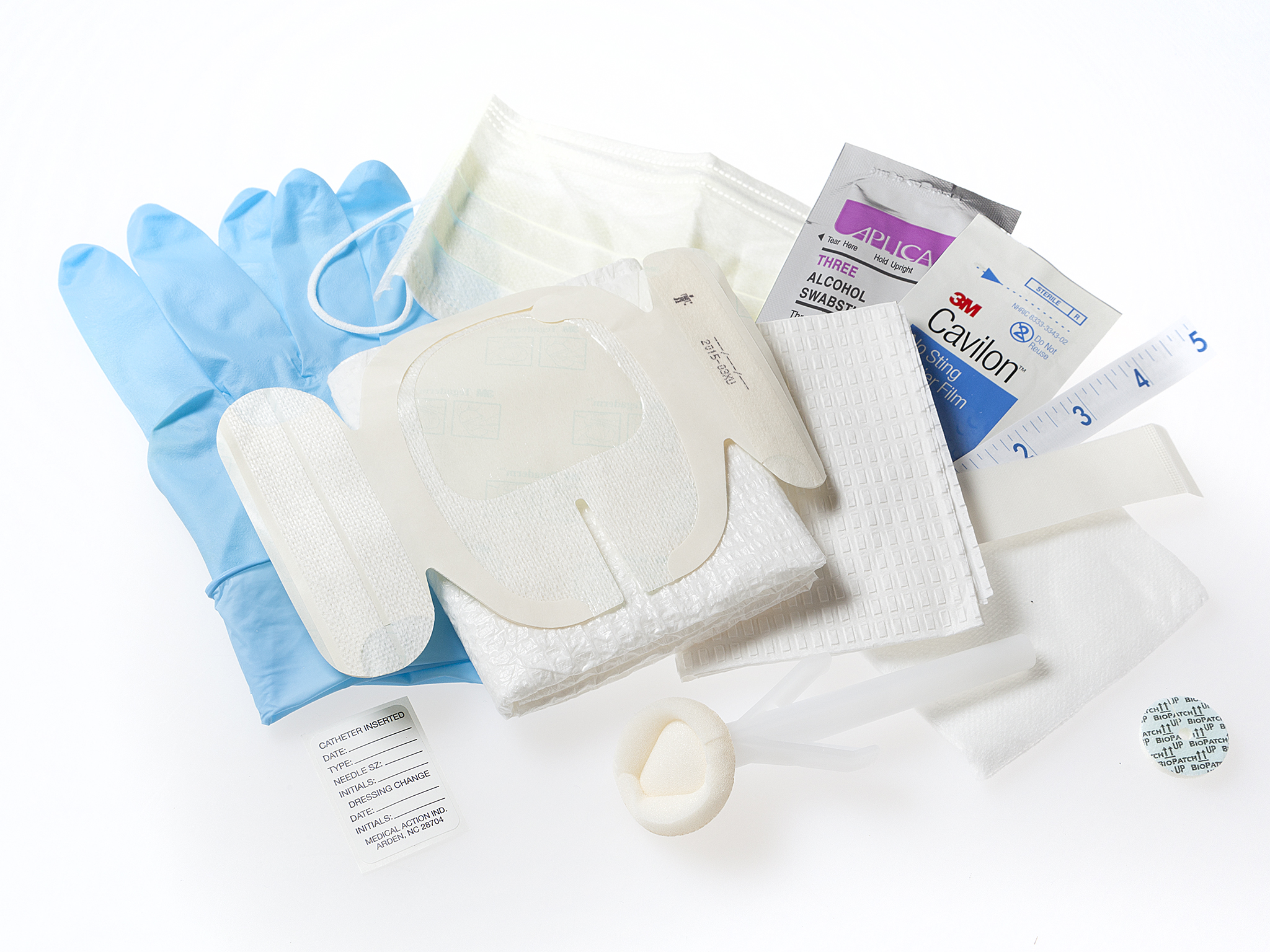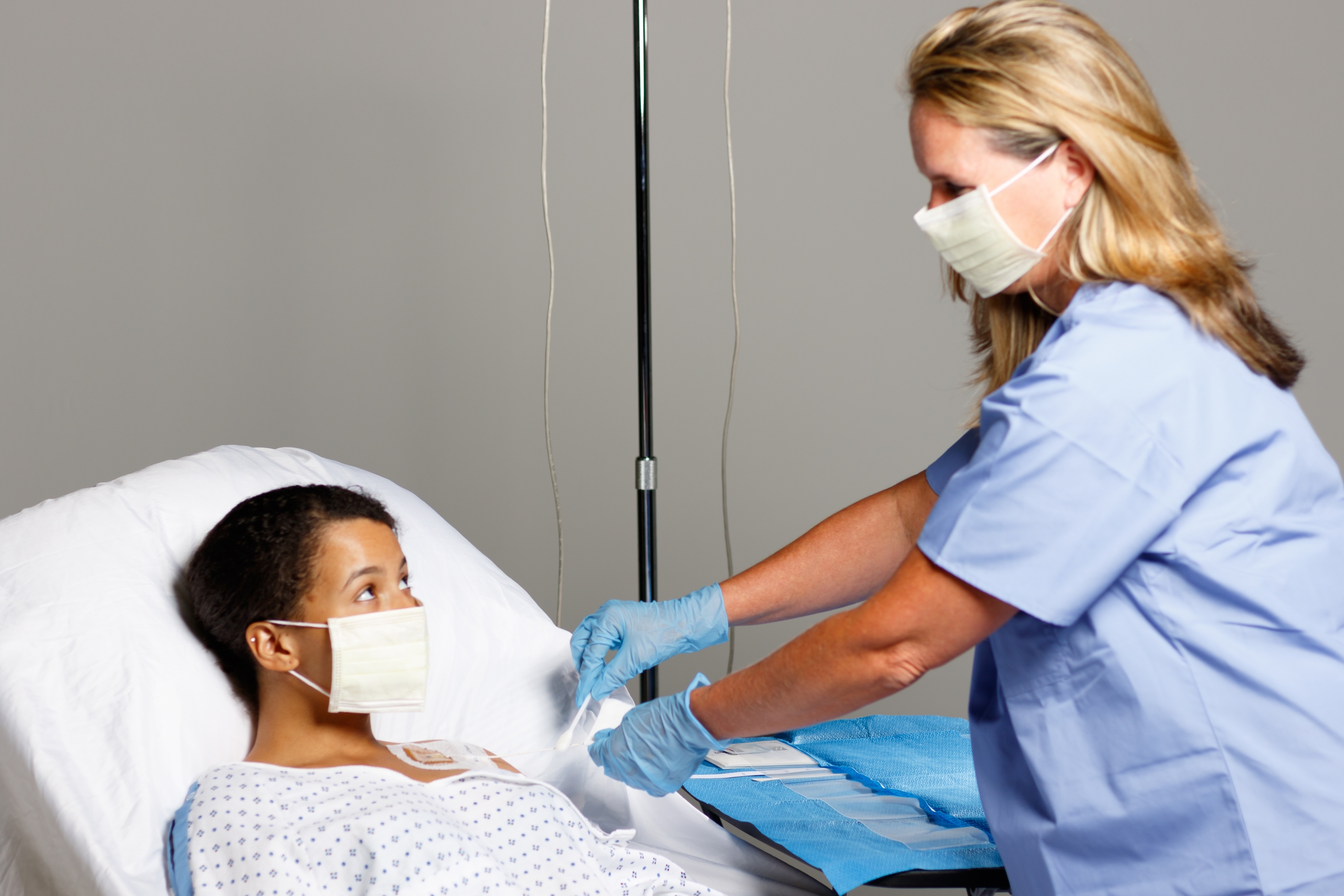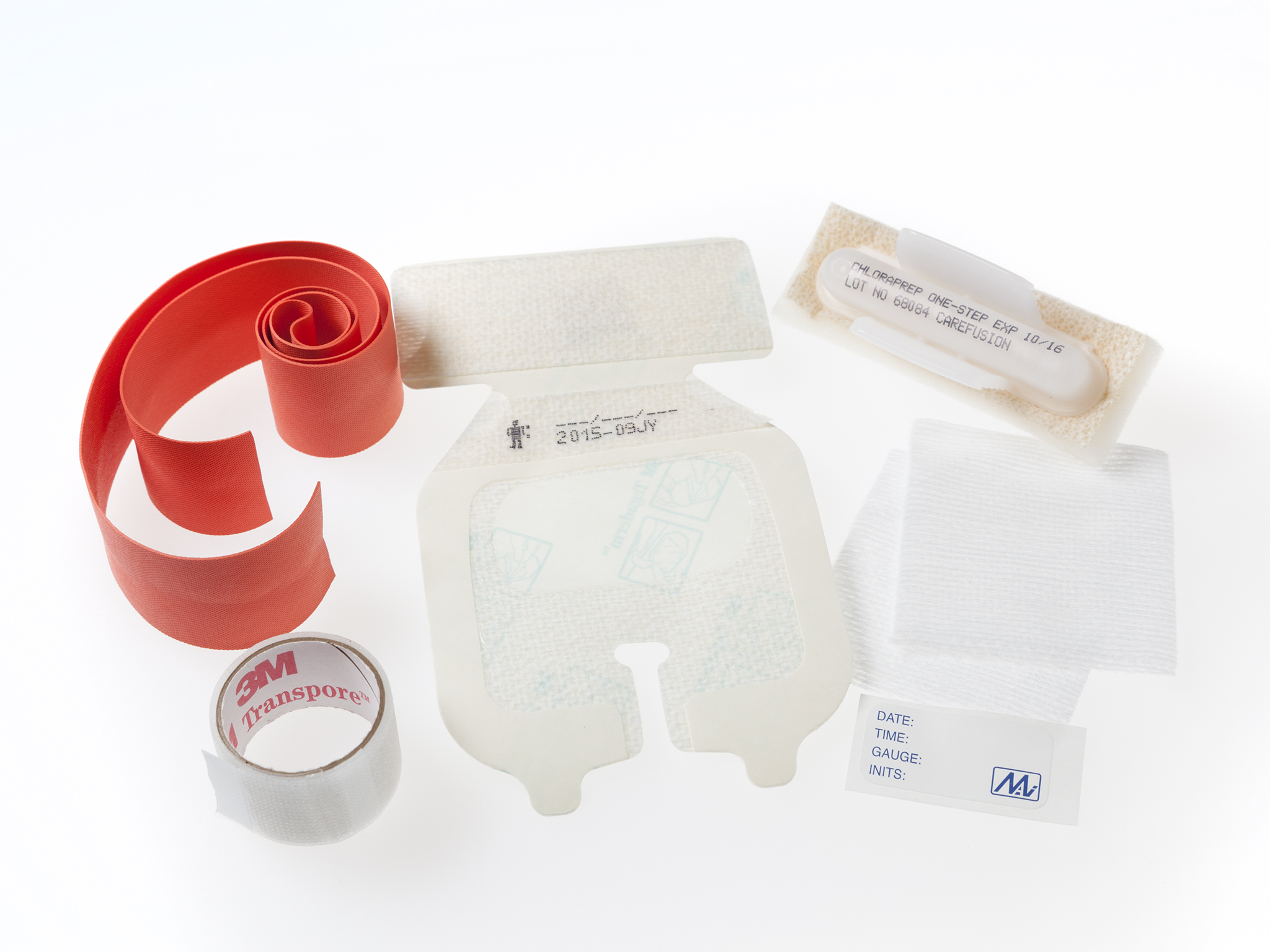INFUSION THERAPY KITS
MEDICAL ACTION® IV Start, Dressing Change and Port Change Kits

IV Start Kits
A Complete Assortment for IV Therapy
MEDICAL ACTION IV Start Kits are designed to allow clinicians to provide excellent patient care with quality products, while streamlining components, reducing waste, and offering cost-effective supply solutions. Components are conveniently assembled, sterilized and packaged to save valuable nursing time. Because there are fewer packages to open, the risk of contamination is greatly reduced.
- Kit options include 3M™ Tegaderm™ and HALYARD* dressing options.
- Kit options include everything from gloves, labels, tape, antiseptics, gauze sponges,and applicators to prep pads, drapes, latex-free bandages, tourniquets, and more.
CLEAR SEQUENCE™ Dressing Change Kits
Patient protection and clinician efficiency, all wrapped up.
Our patent-pending design separates removal from application steps, reducing the risk of contamination. Each CLEAR SEQUENCE kit is configured with the specific, ordered components required by your clinical protocol. Single wrap design optimizes use of limited workspace at the patient’s bedside
Designed based on clinical experience, this system:
- Organizes components intuitively from left to right according to protocol
- Provides a sterile field flexible enough to be used in a variety of space-limited work spaces
- Helps reduce risk of microbial and other site contamination

Unobstructed clear pockets with visual instructions for use
- Allows clinicians to see every component inside each pocket
- Helps ensure that every step is followed per protocol
- Reduces risk of unseen items or overlooked steps

Protective Flap
- Separates the two mains steps of the procedure (dressing removal and dressing replacement) into two separate sterile fields.

Choice of components
Each CLEAR SEQUENCE™ kit is configured with the specific, ordered components required by your clinical protocol
72.3
The average number of tasks an OR nurse performs every hour.
That’s 867.6 chances to miss protocol per 12-hour shift1
With this many chances for every, shouldn’t every procedure be as clear as possible?
Contact Your Sales Rep to learn more about Medical Action’s Clear Sequence Dressing Change Kits
Of 100+ nurses polled
70%
were ``not very confident`` with the dressing change procedure
Our CLEAR SEQUENCE™ step-by-step procedure kits are customized to your specific protocol or formulary
to provide clinicians with the ease and efficiency they need.
With added confidence from CLEAR SEQUENCE™, you can focus on the patient, not just the procedure.
Port Access Kits
MEDICAL ACTION® Port Access Kits provide all the components required for your procedure, including the dressing, antiseptic applicator, mask, gloves, and other infection prevention components. Choose from one of our available options or customize the kit to your specific port access protocol.


Additional Dressing Change Kits
By aligning with your objectives–from standardizing around your specific protocols to reducing costs, improving nursing continuity, and incorporating new technologies–we’re ready to customize kits that meet your specific challenges.
Have Questions?
Our team is ready to help. We partner with the broadest array of healthcare manufacturers and clinically trained professionals to produce procedural kits that work the way your teams do. Let’s get started.
Sources
1 BMC Health Serv Res. 2011; 11: 319. Published online 2011 Nov 24. Doi: 10.1186/1472-6963-11-31

